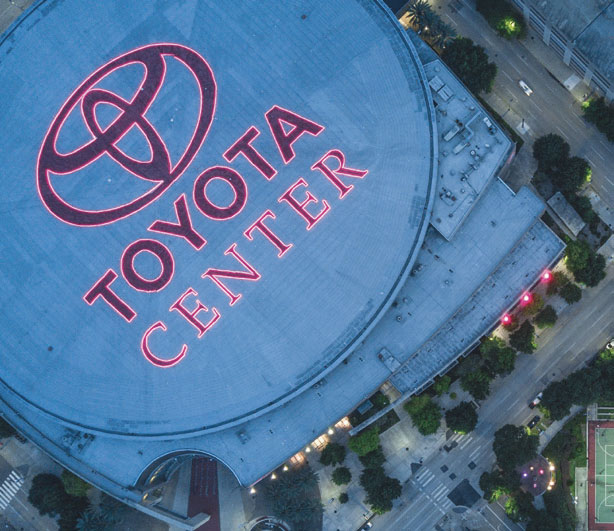
17 Sep Lean Manufacturing – The Eastern model invades the West
The literal translation of Lean Manufacturing is “lean manufacturing”. The term was coined by John Krafcik in his 1988 article, “Triumph of the lean production system,” based on his graduate thesis at the MIT Sloan School of Management. This expression was then taken up by scholars Womack and Jones in the book “The machine that changed the world”, in which the two scholars first analyzed in detail and compared the performance of the production system of the world’s leading automobile manufacturers with the Japanese Toyota, revealing the reasons for the clear superiority of the latter over all competitors.
The world of Lean Manufacturing is made up of a few main rules and pillars. The system
was created around the elimination of waste and the prevention of errors, aiming to “automate production processes with a human touch”. Still, this world is
seen by most people as something complex and difficult to understand.
This vision has created, over the years, a kind of distrust and resistance on the part of machine tool users towards this method and the solutions it proposes. Because?
This happens because the application of Lean Manufacturing in metalworking production processes is entrusted to professors and consultants who, instead of simplifying people’s lives, fill their mouths with complex words and techniques that are hyper-difficult to apply (sometimes even to pronounce! ). Basically, in order to boast their skills, these gentlemen use an incomprehensible language and make an infinite list of techniques, most of which are not very applicable. To this it should be added that 90% of consultants describe Lean Manufacturing as it is understood, and this almost never corresponds to reality.
Lean Manufacturing = simplicity!
Instead, a vortex of complex and wrong information has been created, which generates a situation of mental block and resistance on the part of companies in applying the simple basic concepts of Lean Manufacturing. Concepts that, if applied, could totally and positively overturn the fate of production companies.
The basics of lean manufacturing are: eliminating waste; automate the production process, numerically analyzing every single aspect with precision.
All activities that consume resources without producing a value represent waste for the system (in Japanese they are called “muda”). The production system can be said to be the more efficient the lower the consumption of resources necessary to carry out production; all the elements that cause an increase in costs without generating value are unnecessary and must be minimized.
Every form of waste is linked to the others: overproduction requires excess means and work; this leads to an increase in inventory and space used. In addition, there are often areas where waste is commonly accepted as part of the work activity and no attention is paid to it: it is
these situations, more difficult to identify, which can be made great profits after reducing the most evident waste.

